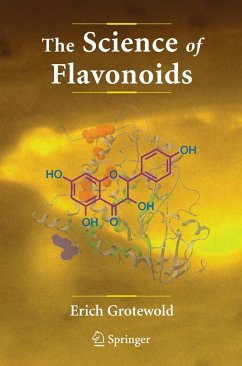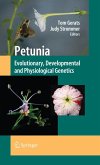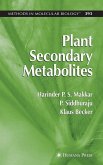Despite the historical signifigance of flavonoids and their pigments in establishing the basis for modern genetics, research in this large group of secondary metabolites continues to be more intense than ever. While research has focused in the past primarily on the chemistry and biosynthesis of flavonoids, the past few years have witnessed increasing research in the applications of flavonoids as nutraceuticals and pharmaceuticals as well as on their roles as signal molecules within plants and between plants and other organisms. No book has tried to provide a comprehensive overview of the flavonoid field since 1990.
This book will comprehensively cover the emerging areas in the field of flavonoid research and their applications. First, flavonoids must be introduced as chemical entities and then an overview of the tools currently available for their analysis will be presented.
This book will comprehensively cover the emerging areas in the field of flavonoid research and their applications. First, flavonoids must be introduced as chemical entities and then an overview of the tools currently available for their analysis will be presented.








